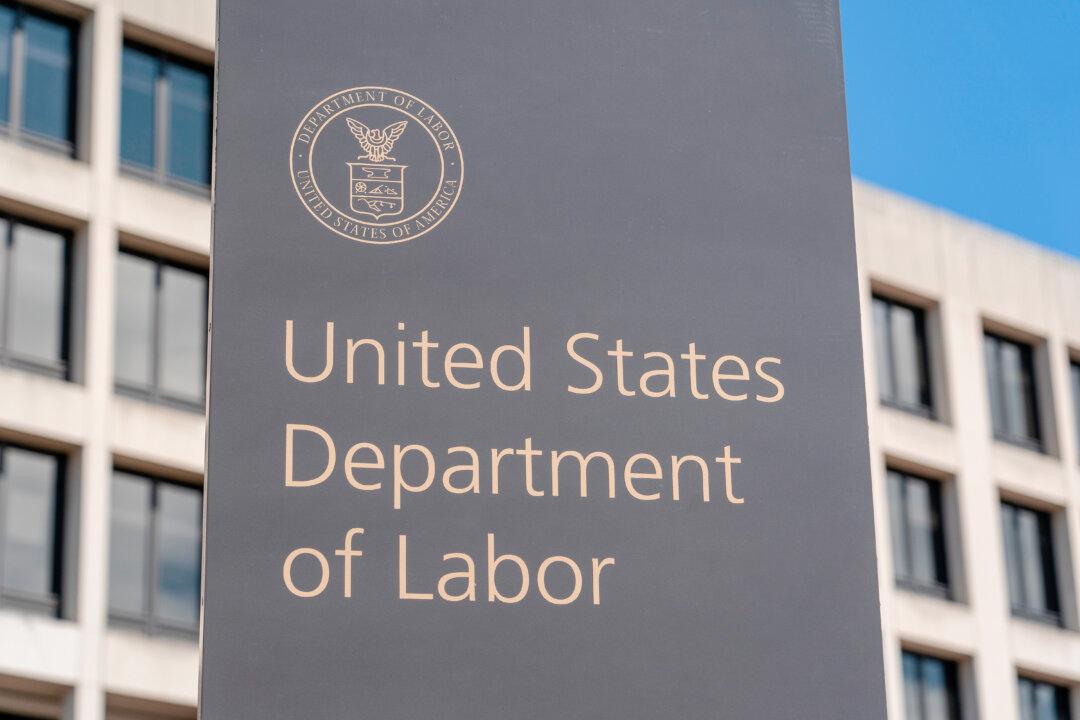Commentary
New jobs created printed at 236,000 on April 7, according to the Establishment Survey, on par with market expectations of 230,000 jobs. The Household Survey printed lower, at 160,000. Net revisions were down 17,000 from January and February.





